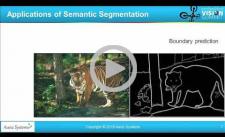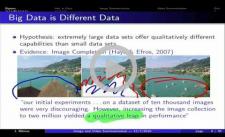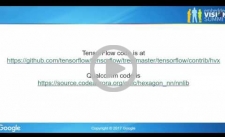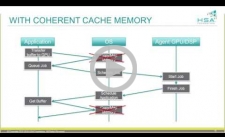|
Semantic Segmentation for Scene Understanding: Algorithms and Implementations
Recent research in deep learning provides powerful tools that begin to address the daunting problem of automated scene understanding. Modifying deep learning methods, such as CNNs, to classify pixels in a scene with the help of the neighboring pixels has provided very good results in semantic segmentation. This technique provides a good starting point towards understanding a scene. A second challenge is how such algorithms can be deployed on embedded hardware at the performance required for real-world applications. A variety of approaches are being pursued for this, including GPUs, FPGAs, and dedicated hardware. This talk from Nagesh Gupta, Founder and CEO of Auviz Systems (now owned by Xilinx), provides insights into deep learning solutions for semantic segmentation, focusing on current state of the art algorithms and implementation choices. Gupta discusses the effect of porting these algorithms to fixed-point representation and the pros and cons of implementing them on FPGAs.
Image and Video Summarization
In this presentation, Professor Jeff Bilmes of the University of Washington provides an overview of the state of the art in image and video summarization.
|
|
Implementing the TensorFlow Deep Learning Framework on Qualcomm’s Low-power DSP
TensorFlow is Google’s second-generation deep learning software framework. TensorFlow was designed from the ground up to enable efficient implementation of deep learning algorithms at different scales, from high-performance data centers to low-power embedded and mobile devices. In this talk, Pete Warden, Research Engineer at Google, presents the technical details of how the TensorFlow and Qualcomm teams collaborated to target TensorFlow to Qualcomm’s low-power Hexagon DSP using Hexagon Vector Extensions, which enables deep learning models to run fast and efficiently. Warden explains how the two companies split up the work between them and how they measured progress with specific benchmarks, and he looks at some of the code optimizations they implemented. Since the majority of the resulting code has been open-sourced, he's able to dive deeply into the specifics of the implementation decisions they made.
Enabling Efficient Heterogeneous Processing Through Coherency
In this presentation, Dr. John Glossner, President of the HSA Foundation and CEO of GPT-US, describes the HSA Foundation's goals and deliverables for enabling heterogeneous programming.
|






